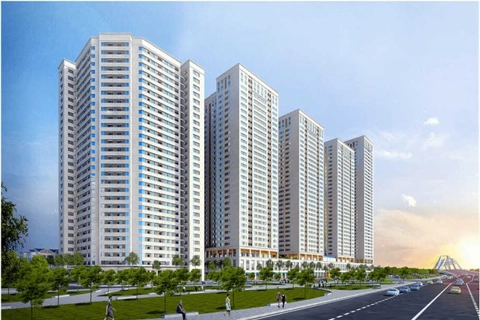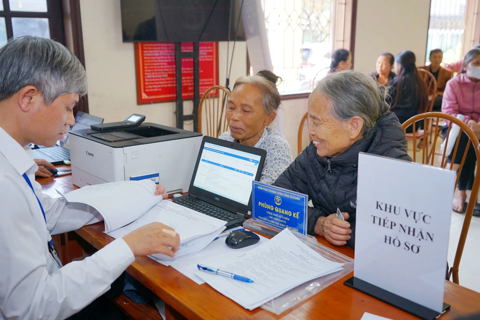Overloaded infrastructure hinders development of Vietnamese aviation industry
The combined capacity of the 22 airports in Vietnam is just equal to that of one single airport like Changi in Singapore, Suvarnabhumi in Thailand or KLIA in Malaysia.
At the panel on the aviation industry in Vietnam under the framework of the Vietnam Travel & Tourism Summit in Hanoi on Monday, many experts and authorities in the fields mentioned the overload of infrastructure as the main bottleneck to the development of the industry.
| Illustrative photo/VNA |
As many as 80% of international tourists traveled to Vietnam by air, showing the vital role of aviation in contributing to doubling the growth rate of Vietnamese tourism industry between 2015 and 2018. However, as visitors mainly chose Hanoi, Ho Chi Minh City, Nha Trang as their favorite destinations, shortcomings preventing this cities from handling such a large influx of tourists have been revealed.
The combined capacity of the 22 airports in Vietnam is just equal to that of one single airport of the kind of Changi in Singapore, Suvarnabhumi in Thailand or KLIA in Malaysia.
As a result, developing and broadening satellite airports system is essential. However, due to the flawed policies, the projects have not drawn the interest of domestic and foreign enterprises yet.
Vo Huy Cuong, deputy head of the Civil Aviation Authority of Viet Nam, (CAAV) stressed that Vietnam needs to synchronize its policies to untie the knots in infrastructure development as it is foreseeable that the airport system will be more clogged in the future, affecting not only the aviation but also the tourism industry.
The number of airline seats on the Hanoi – Ho Chi Minh route offered by Vietnam Airlines ranks second in the world with 210,000, making major airports such as Tan San Nhat overcrowded, affecting aviation service quality, flight safety and altering flight plans of air carriers.
A representative of the Ministry of Planning and Investment said aviation planning has been disrupted due to improper policies. He proposed some solutions including improving the quality of planning, at the same time, enhancing the harmonization in planning of roads, highways, railways, and airports.
Also at the panel, experts and authorities proposed ways to clear some obstacles for private resources to be poured into aviation infrastructure such as shortage of qualified aviation personnel, backward mechanism of ceiling rates for airfares, and whether to include or not the air transport business license in the Investment Law.











